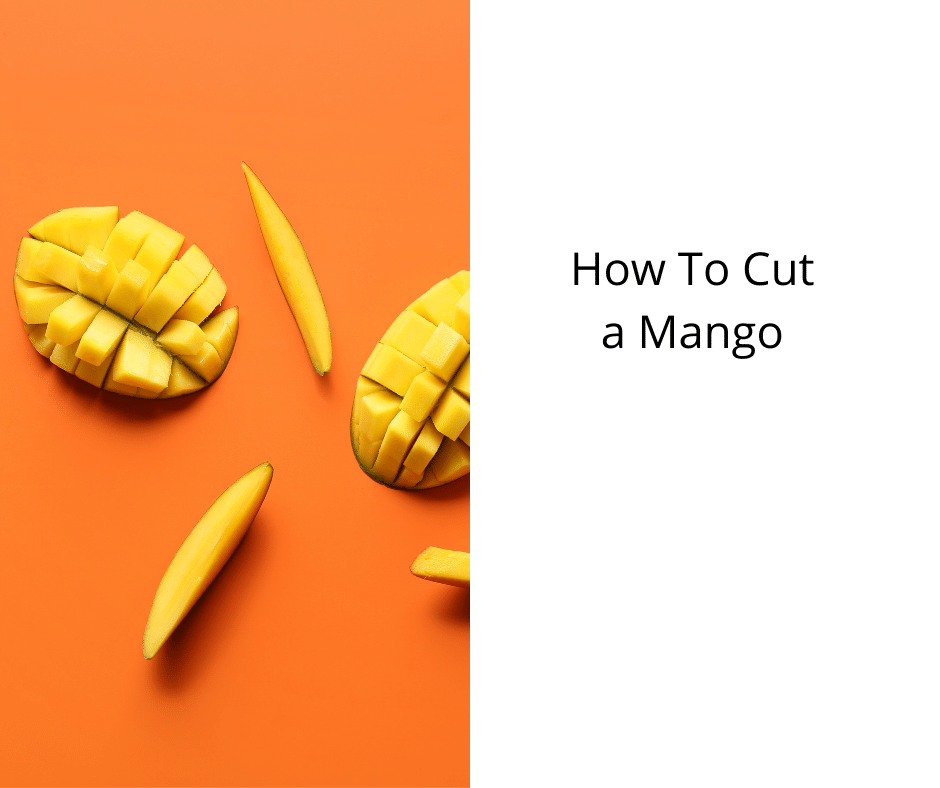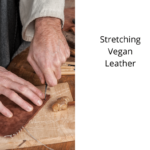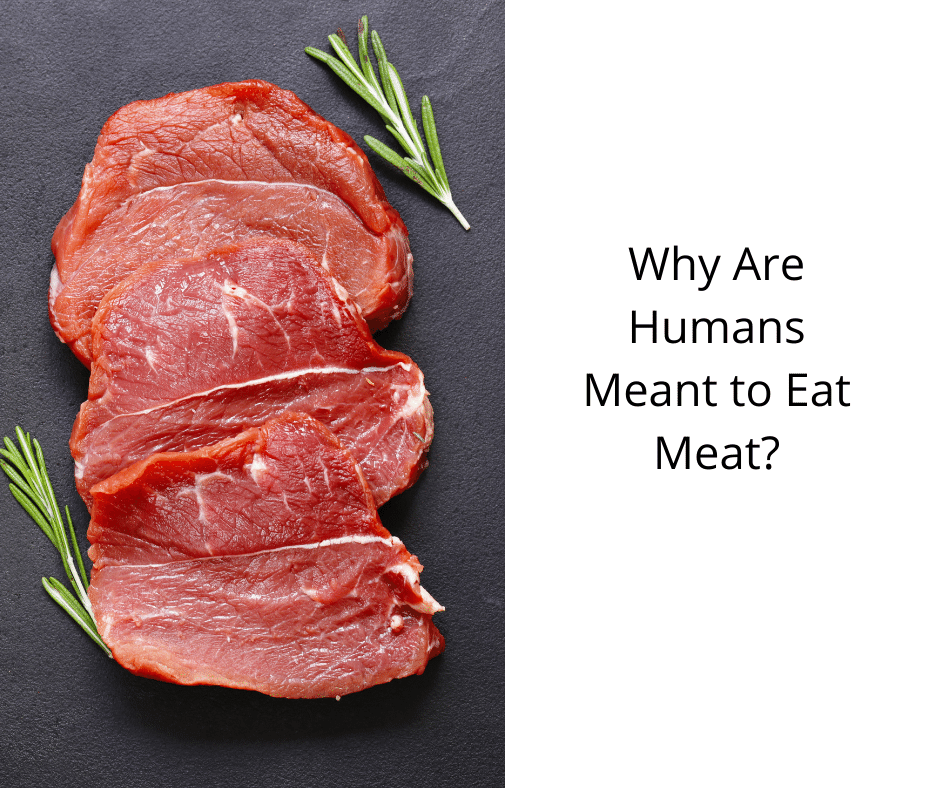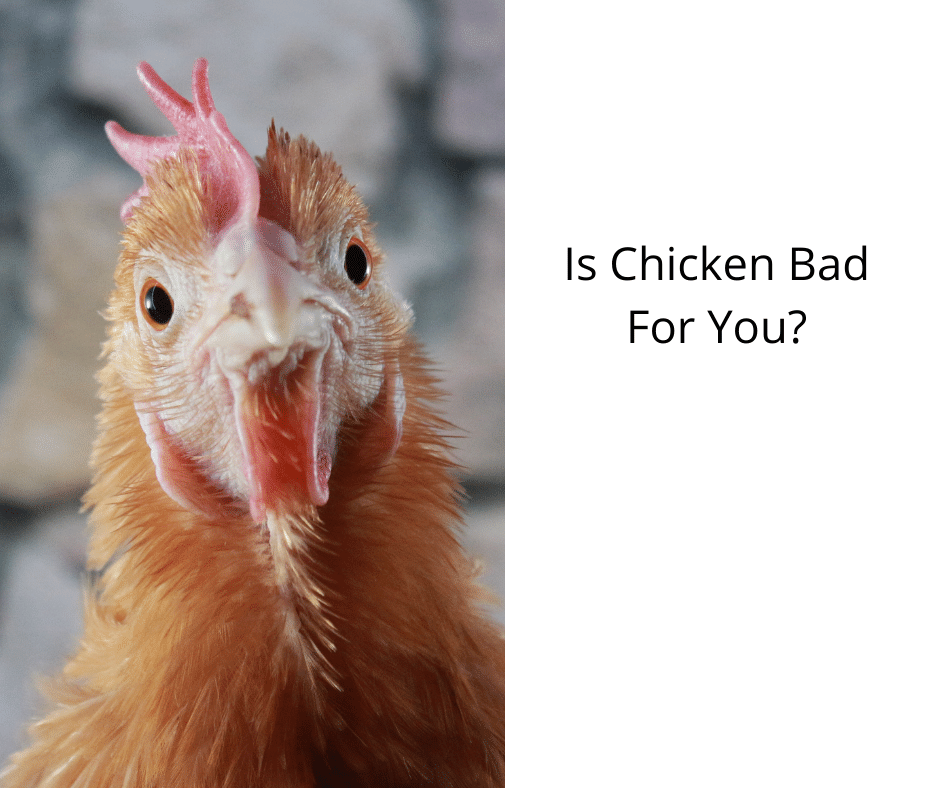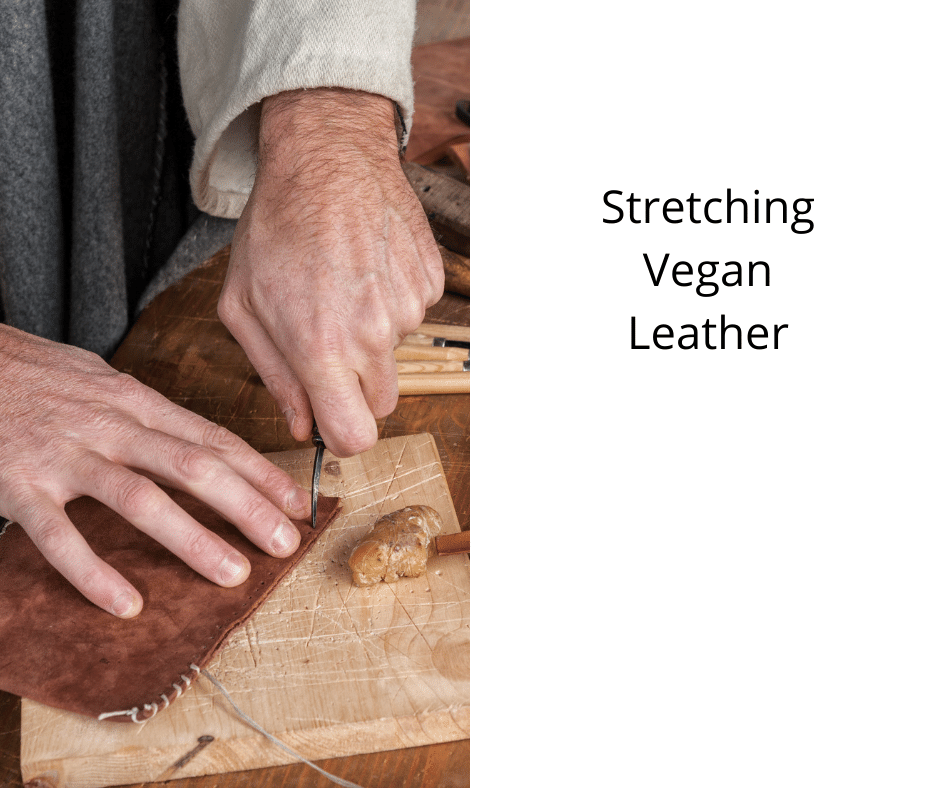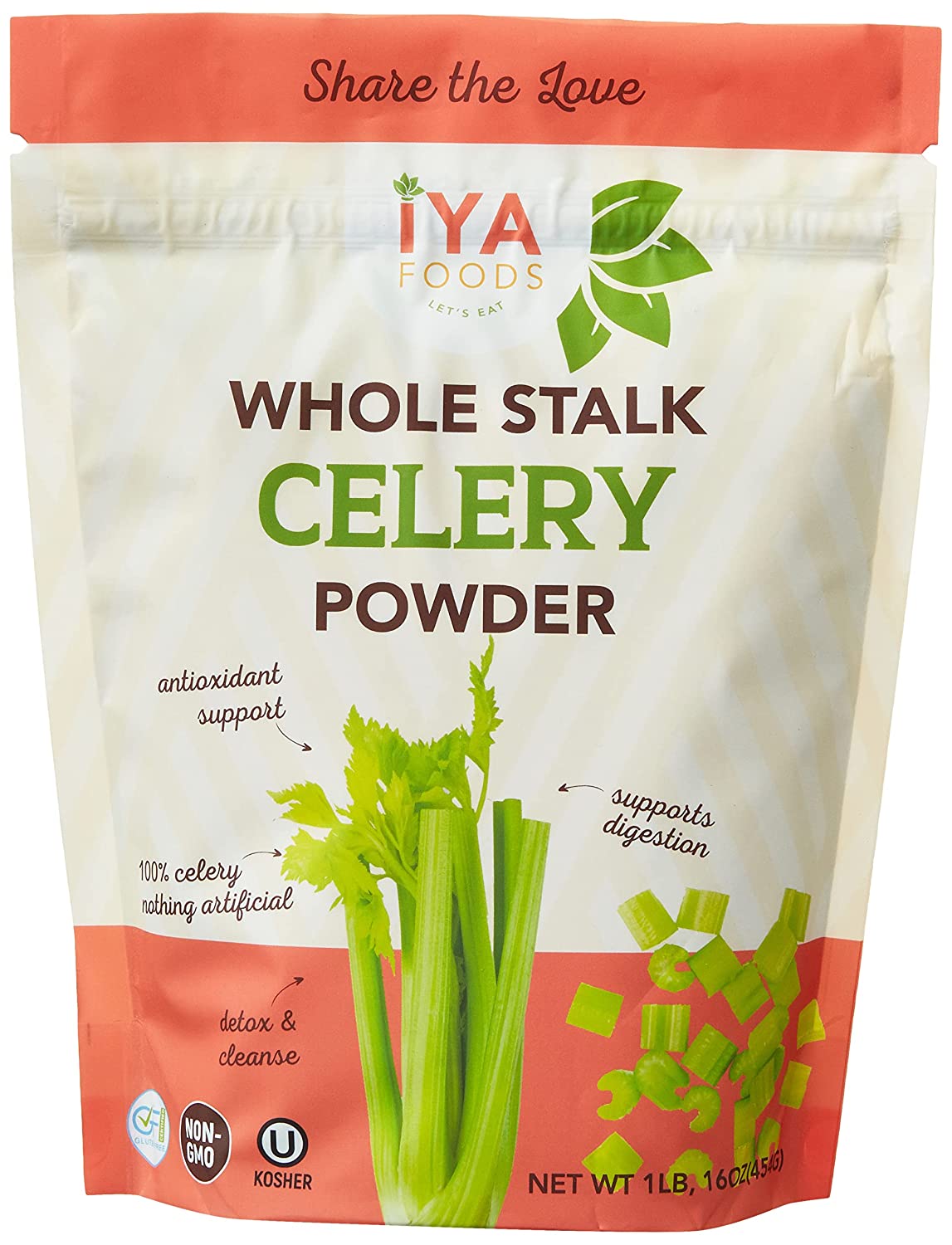Our world is filled with special and unusual food treasures, like the mango, which may be a new taste experience for some people. If the idea of cutting a mango intimidates you, worrying that you might damage your knife or waste some of the fruit, fear not. There is a simple method for cutting a mango that will allow you to enjoy all of its juicy flesh without losing any part of the fruit. Just follow the steps below for an easy technique!
There are several different ways to slice a mango. One way is the “hedgehog” method, which involves holding the mango cheeks with two hands and removing most of the edible fruit with your thumb and index finger. A chef’s knife is also a good option. You may use both methods depending on what product you want to make.
Slice a Mango from The Widest and More Flat Sides
When you’re cutting a mango, the best way to do it is to slice it from the widest and flattest sides. Cutting from the widest side makes the cut much cleaner and less messy. Cutting from the flattest side means that you’ll avoid the stringy, mushy center.
Start by lining the knife up next to the mango’s top center. Cut a wedge into the mango’s flesh, and bend it a bit. It should come out about 1 inch (2.5cm) wide. Repeat this process to remove the pit and slice the mango into four pieces. You’ll have two oval-shaped pieces, one with the pit and the other without the pit.
Once you’ve cut away the sides of the mango, you’ll see the flesh inside. To get to the flesh, slice from the widest, flattest sides of the fruit. This will allow you to get the pip out and most of the fruit inside.
Mangoes are oblong and shaped like an oval from overhead. To make the cut easier, set the mango in a stable position and hold it down with a flat surface. Once you’ve stabilized the mango and the stem, position the knife 1/4 inch from the midline. Cut the mango from the wider sides, keeping the pit intact.
Mangoes have a lot of nutritional benefits. They’re high in Vitamin C and antioxidants and help the digestive process. Mango trees can grow up to 100 fruits in a single season and last up to 300 years.
Remove Most of The Edible Fruit
To cut a mango, start by removing most of the edible fruit. You can do this by cutting a thin slice off the stem end, but make sure not to cut through the pit. Next, place the mango on a flat surface and begin slicing. Then, repeat the process, cutting from top to bottom. The objective is to remove most of the fruit, leaving only the skin.
To cut the mango, you’ll need a paring knife. Make shallow cuts with the knife, perpendicular to the pit. This will make the flesh stand up. Once you’ve cut away most of the flesh, you can cut off the skin and serve the fruit. Be careful though, the pit is large and can get stuck in your knife. If this happens, move the knife a little outwards and you’ll be able to free yourself. Eventually, you’ll have a mango that’s split in three sections: the center section, the cheeks, and the pit.
The pit is the most difficult part of cutting a mango, so be sure to wash it before cutting it. Washing the mango will remove any dirt that might be present on the peel. Once you’ve removed the pit, you can move on to the other parts of the mango. Peel away the rest of the fruit with a vegetable peeler.
When cutting a mango, you can either remove most of the fruit or keep some of it for a garnish. Mangoes are rich in antioxidants, Vitamin C, A, and K, and are good for digestion. Also, mango trees can produce as many as 100 fruits per harvest and will continue to produce fruit for up to 300 years!
Peel a Mango with A Vegetable Peeler
To peel a mango, you must first remove the pit. Then, use a sharp knife to slice along the mango’s curve. For best results, use a serrated blade. Make sure the blade is held away from your body and that your index finger guides it as you slice. You should aim to get a thin strip, avoiding slicing too much flesh.
Place the mango on a flat surface, and start by cutting a small slice off the stem end. This should prevent you from cutting into the pit. After that, cut a small slice off the other end of the mango. You should then start peeling the mango from top to bottom, avoiding any flesh that may be edible.
Mangoes are not easy to hold, so it’s a good idea to hold them in one hand and use the peeler to peel the skin. Once the peel has come off, you can cut the flesh into bite-sized pieces and use it in a salad, stir-fry, or granola.
Once the mango’s skin is peeled, it’s time to remove the pit. You should place the fruit on a cutting board and cut lines across the fruit. Cut the mango skin horizontally and vertically, then slice the fruit into slices, roughly equal in size. Then, use the knife to slice the mango flesh and remove the pit.
A mango is most delicious when it is ripe. It should feel soft to the touch. It should also yield when you apply pressure with your thumb. Mangoes are best eaten within two days of cutting.
Slice a Mango with A Chef’s Knife
Using a sharp chef’s knife, peel the mango by cutting it on the underside of the skin. Use your thumb and index finger to guide the blade along the curved surface of the mango. Try to cut a thin strip, as this will prevent you from cutting off too much flesh.
The widest sides of a mango yield the most flesh. Start by cutting the mango in half. Use a chef’s knife to cut the sides of the pit as well. You should also remove the pit if it is hard, and place it in a better cutting position.
Use a paring knife if you’re not comfortable using a chef’s knife. A paring knife is a good alternative for peeling a mango. Use it carefully, as it can be slippery. Slice the mango around the pit to get the last bit of flesh.
First, peel the mango. Place the mango on a flat surface. Place the peel side facing down. Then use a paring knife to score the flesh. Make sure you’re cutting through the flesh, not the peel. Next, press on the other end to pop the pieces out of the peel. Repeat this process until all of the peel has been removed.
Mangoes are sweet and delicious and can be added to ice cream, chutneys, or desserts. You can also enjoy them on their own. However, you should remember to choose the ripeness level of the mango. Always choose ripe mangoes because a mango that is too hard will have stringy insides.
Slice a mango with a corn-on-the-cob holder
To slice a mango, you will need a tool. One way is to use a corn-on-the-cob holder with sharp tips on the end. Insert the corn-on-the-cob ring into the cut of the mango. It will sink into the mango tip. Using your other hand, hold the rim of a drinking glass between the flesh and the skin of the mango.
First, slice the mango’s top and bottom halves. Make sure to cut through the pit but do not cut through the skin. Next, rotate the mango and cut another small piece from the opposite end. Then, slice the mango in two directions, avoiding the pit. You can then scoop the fruit out of the skin.
You’ll need to prepare a cutting board and knife to cut a mango. Make sure your work surface is clean and sanitized. Once you’ve prepped the mango, you can start cutting. To do this, cut the mango vertically about 1/4 inch from the midline. Next, slice the flesh in a grid pattern, without cutting through the mango’s skin. You can scoop out the pulp using a large spoon when you’re done.
Once you’ve cut the mango, you can freeze it for up to three months. You can also slice it into bite-size pieces and store it in the fridge or freezer. The fruit will ripen in the fridge, so make sure you eat it within two days of cutting.
Pull apart each piece and eat it like a popsicle, or use it for smoothies!
Enjoy this delicious fruit on its own, or use it in a smoothie. Mango is an excellent source of Vitamin C, supplying more than 100% of the daily value in one serving. It also contains significant amounts of potassium and dietary fiber. Mangoes contain antioxidants called polyphenols that may help lower blood pressure, reduce the risk of heart disease, and fight cancer cells.
Cutting up a mango is easier if you know what to do!
Mangoes are delicious and versatile but can be tricky to cut into. Here’s how to slice your mango with the best possible results:
- Use a sharp knife. A dull blade is more likely to slip and cause injury than a sharp one, so ensure your knife is in good condition before attempting this recipe. You can substitute another type of fruit for the mango if you don’t have one handy; apples work well with this recipe if you’re making an apple pie instead!
- Make sure that your mango is ripe enough before cutting into it—you’ll know it’s ready when there are dark brown spots on its peel (that means they’ve been exposed long enough). If not using immediately after cutting open so as not)
Conclusion
Now that you know how to cut a mango, you can make your own healthy snacks

